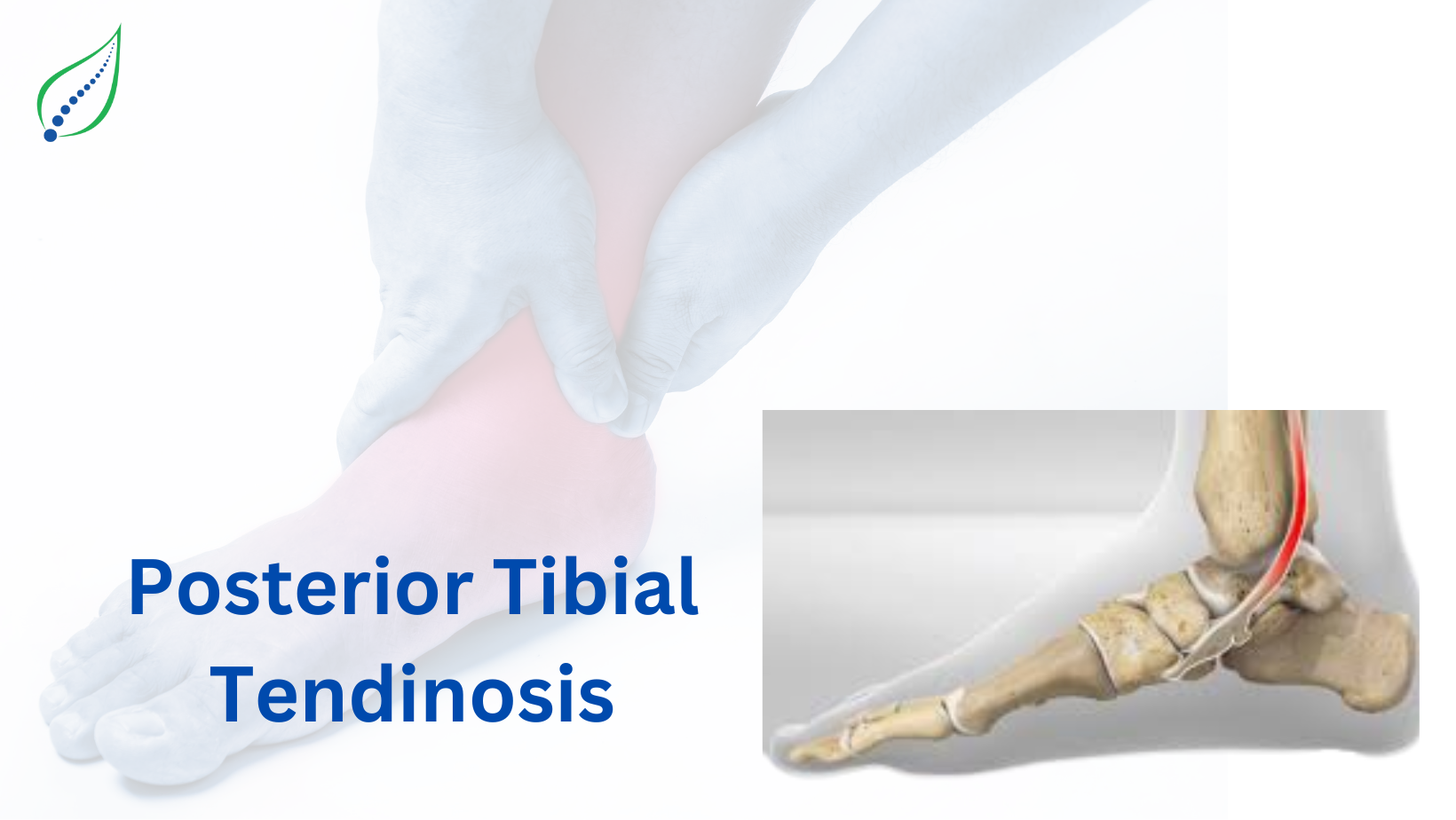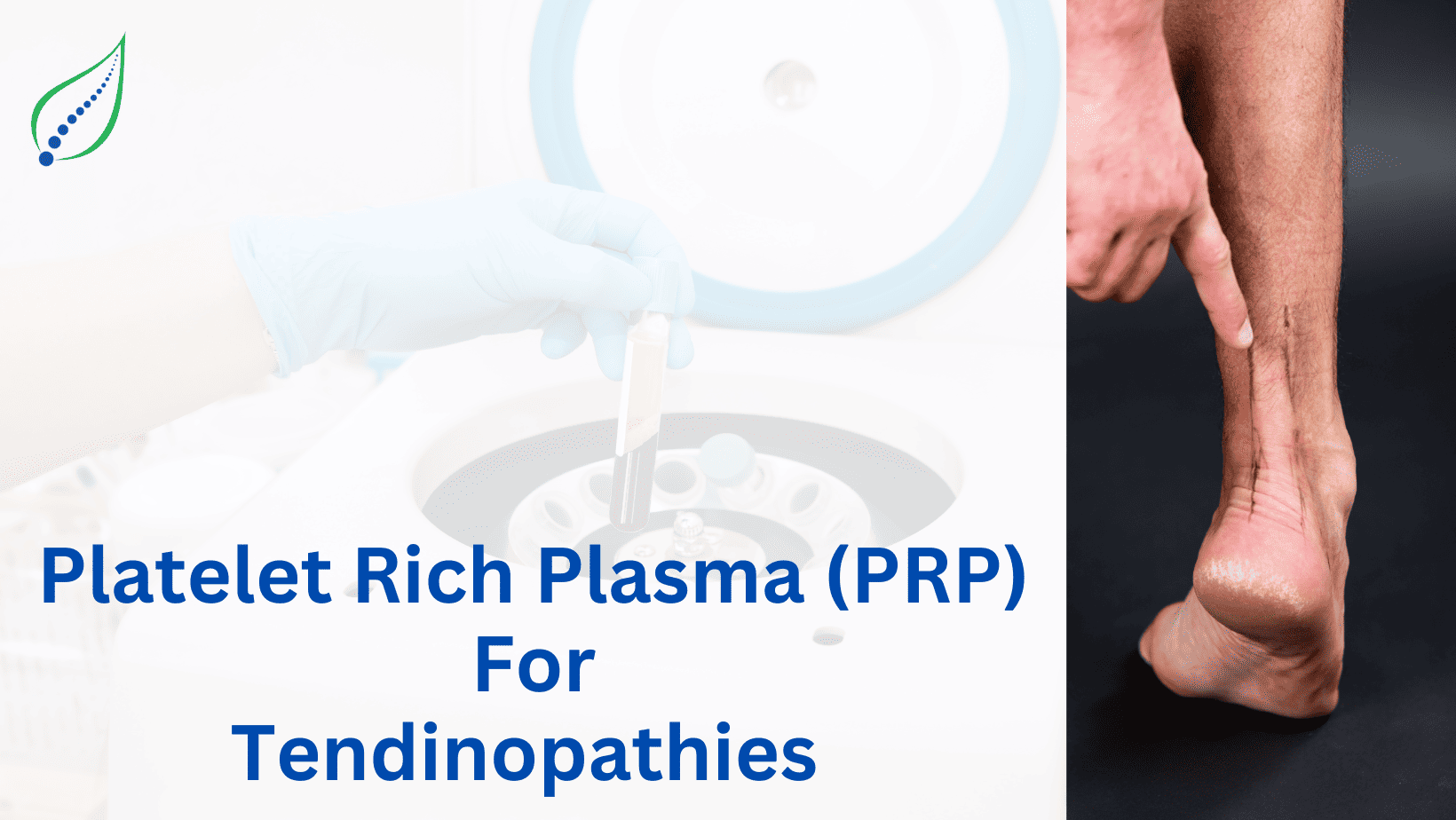Post Tibial Tendinosis
Posterior tibialis tendinosis or posterior tibial tendon insufficiency is a painful condition of the foot and ankle. The posterior Tibial Tendon (also called Tibialis Posterior) inserts primarily on the navicular bone in the foot.
Tibialis posterior tendinopathy (TPT) presents as pain on the medial side of the midfoot and/or ankle, and is associated with difficulties during activities that load the tibialis posterior tendon. Tendinosis can represent in the form of rupture, also it can be accompanied with varying degrees of joint destruction. It is the most common cause of acquired flatfoot deformities in adults.
CAUSES:
- Repetitive stress on the tendon exposing it to microtrauma.
- Predisposing medical conditions such as diabetes mellites, rheumatoid arthritis etc.
- Weakness &/or tightness of the leg muscles particularly weak inverters & plantar flexors
- Previous history of trauma to ankle or foot
- Collapsed or low arch
SYMPTOMS:
- Localized pain over the tendon (behind medial malleolus) during early stage of tendinosis. Over time, the pain becomes severe, with painful swelling behind the medial malleolus.
- Increased pain on tendon loading while performing activities such as walking, standing or standing on toes.
- Swelling along the tendon.
- If the tendon ruptures (e.g., with chronic tendinosis), the foot may acutely flatten (arch collapse) and pain may extend into the sole.
SIGNS:
- Poor plantarflexion & inversion strength
- Difficulty performing a single leg heel raise
INVESTIGATION:
- Imaging- Ultrasound, MRI
- Physical Examination
- Tenderness on palpation along the course of the tibialis posterior tendon
- Palpable or visible swelling along the course of the tendon usually on the inner side of ankle
- Pain or weakness on isometric contraction of ankle plantar flexion & inversion
- Pain or inability to perform single leg heel raise
TREATMENT:
- Medications- NSAIDs to reduce pain & swelling
- Shoe orthoses & insoles
- Physical Therapy- To increase ankle plantarflexion & inverter strength, increase intrinsic foot muscle strength to maintain healthy arches
- Rest & ice- Apply ice packs for 10mins, 3-4x/day to reduce pain & swelling

_1749797551_1751826891.png)


